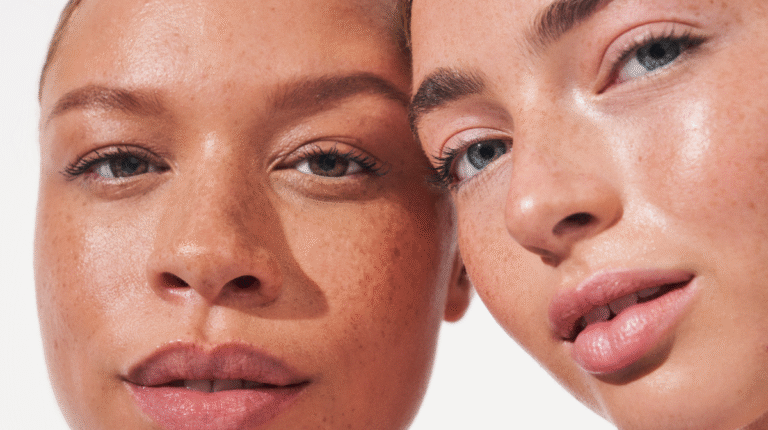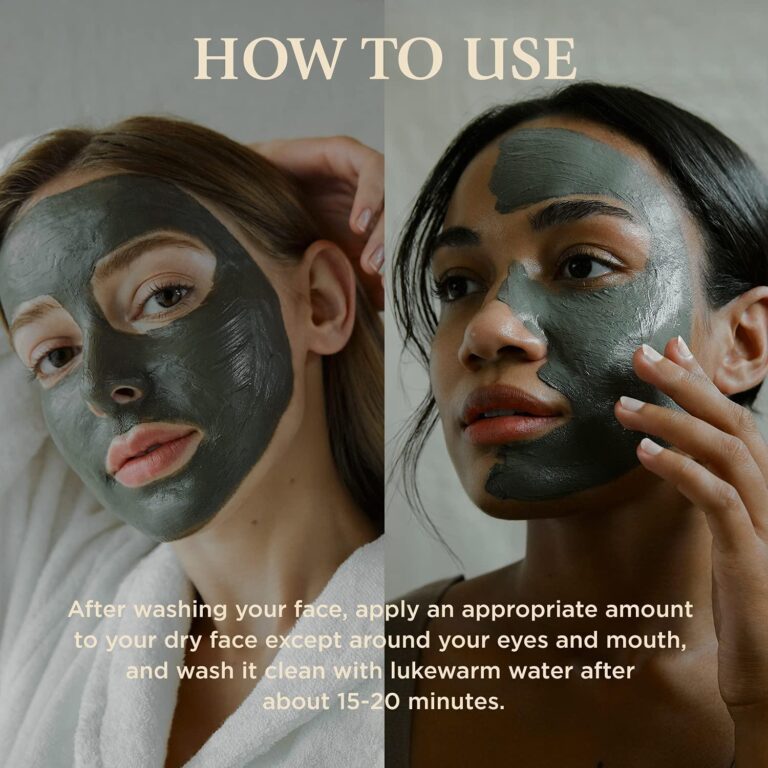
Sunscreens are products used to protect against the harmful effects of the sun. So, is there any harm?
Sun creams, they are widely used products to protect against the harmful effects of the sun. However, some people think sunscreens are harmful because of the chemicals and other ingredients they contain. Okay, sun cream does it really cause adverse health effects?
What is Sun Cream?
Sunscreen, it is a cosmetic product used to prevent or reduce sunburn, skin cancer, skin aging and other skin damage caused by harmful sun rays on the skin. It is applied to the skin in order to protect against ultraviolet (UV) rays.
The sun’s rays come in two main types, UV-A and UV-B. UV-A rays can penetrate deep into the skin, causing aging and wrinkles. UV-B rays can lead to skin burns and skin cancer. Hence sun cream, it acts as a filter used to reduce the effects of these harmful UV rays on the skin.
In the content of sunscreens are chemical or mineral-based components. Chemical filters prevent damage to the skin. Mineral-based filters reflect the sun’s rays and create a barrier on the skin.
Why should Sun Cream be used?
Sunscreen should be used for the following benefits:
Prevents sunburn: The sun’s UV-B rays can penetrate the top layer of the skin, leading to sunburn. Sun creams, by absorbing or reflecting these harmful rays, it protects the skin from burning.Prevents skin cancer: Long-term sun exposure can increase the risk of skin cancer. Sun creams, prevents UV rays from damaging skin cells and thus reduces the risk of skin cancer.Delays skin aging: The harmful effect of sun rays on the skin causes skin aging. Sunscreen, Delays skin aging by protecting the skin from these UV damage.Reduces pigmentation problems: Over-exposure to the sun can lead to skin pigmentation problems. Using sunscreen, you can protect your skin from problems such as UV-induced spotting, brown spots, and color changes on the skin.Protects skin health: Using sunscreen helps maintain the health of the skin.
Are Sun Creams Harmful?
Sun creams It has been used since 1928’s. However, the study in which chemical filtered sunscreens containing (avobenzone and oxybenzone are detected in ) human urine was shared in the media and caused concern in humans. However, in the researches, there is no evidence of their harm in humans.
In the study in rats, 1.5 grams of oxybenzone per pound of rats was ingested, and growth was seen in rat wombs after 4 days. But this experiment cannot be generalized to humans. Sunscreens are not swallowed and 90 grams per day sun cream using it is not appropriate in practice. It has been determined that this amount of sunscreen requires 200 years for similar systemic absorption.
Avobenzone-containing sunscreens are only 1% absorbed through the skin. There is no indication that this amount affects human hormones.
Physical (mineral filtered) creams containing zinc oxide and titanium dioxide reflect sunlight. It is also not absorbed through the skin.
As a result, there is no data that sunscreens are harmful to the human body.
Long-term exposure to sun rays is both chronic cumulative (, so tanning) and sunburn have many side effects such as skin cancer, accelerated skin aging, sun spots. Therefore sun creams it should not be used alone. Along with physical barriers, (hats, sunglasses, umbrellas, such as staying in the shade,) should be used. Sunscreens have so far no proven health harm.
Sun Cream and Vitamin D Relationship
30% of vitamin D is taken with food. For the part taken from the sun, it should be sunbathed in the afternoon and morning hours with a limited time of 2 and below the UV index. Endocrine and pediatrics associations recommend continuous vitamin D supplementation until age 5, and for adults to take vitamin D externally during winter months.
Vitamin D levels are regular sun cream compared between users and non-users, and no difference was identified. You can find these posts at the end of the post







